Have The Best Experience In The Middle Land With Our Lahaul And Spiti Travel Guide
Far away from the cities, endless noises, sleepless nights and man-made ruptures, there is a place where there are no complaints, life to live, to escape. Welcome to Lahul and Spiti, the place which is far away from the hustle and bustle of city life, nestled in the remote corners of the mighty and majestic Himalayas, Spiti Valley is an amalgamation of all things wonderful, which makes it a favourite destination for adventure seekers, nature lovers, and even cultural enthusiasts, hence Spiti Valley tour packages find a place in every traveller’s bucket list, and this Lahul and Spiti travel guide will take you on a soul-stirring adventure.
Located at an altitude of over 4,000 metres above sea level, the valley is known as the ‘middle land’ because of its location between the territories of India and Tibet. The valley is home to some of the highest landmarks in the world like the Chicham Bridge, Komic, and Hikkim- which is home to the world’s highest post office and also some of the highest monasteries in Spiti Valley. The Spiti Valley breaks the stereotypical image of what a hill station in Himachal Pradesh should look and be like but makes sure that you have double the fun there.
We’ve spoken a lot about Lahul and Spiti Valleys, and the one question which comes to mind is whether, is Spiti Valley worth visiting.
It is! Lahul and Spiti Valley are destinations worth visiting for their breathtaking landscapes, unique culture, and unrivalled adventure opportunities. Well, before we start with our Lahul and Spiti Valley travel guide, here are some of the reasons why you should visit Spiti Valley:
Spiti Valley is renowned for its jaw-dropping landscapes that are unlike any other. With its towering snow-capped mountains, deep valleys, crystal-clear lakes, and barren deserts, Spiti Valley offers a surreal and untouched beauty that will take your breath away.
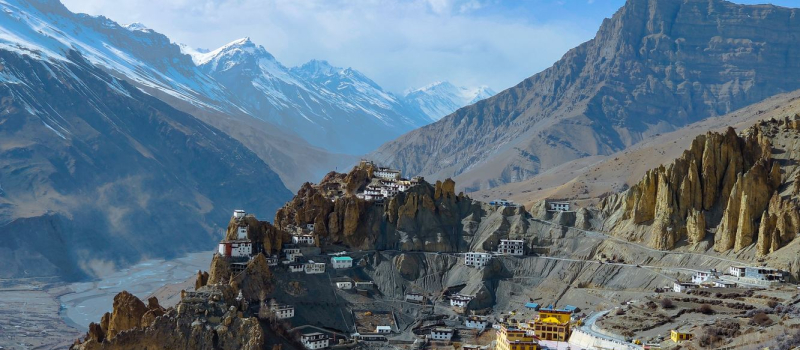
Spiti Valley has a vast cultural heritage, with ancient monasteries resonating with history and spirituality. These monasteries, some of which date back over a thousand years, provide insight into the region’s distinct culture and traditions.
Spiti Valley is a paradise for thrill seekers. There are plenty of thrilling activities for adrenaline junkies to indulge in, from trekking in the high mountains to off-roading on rugged terrains, from camping under the stars to river rafting in the Spiti River.
Spiti Valley is relatively unspoiled by commercialisation and offers a serene and peaceful atmosphere ideal for those seeking solitude and introspection. Spiti Valley, away from the bustling tourist crowds, offers a unique opportunity to reconnect with nature and oneself.
Spiti Valley tour guide provides unique experiences that are not available in other tourist destinations. Spiti Valley travel guide promises unforgettable experiences that will last a lifetime, from witnessing the mesmerising Spitian festivals to interacting with the friendly locals and learning about their way of life.
With this being said, it is now time to enter the middle land, the valley of adventures, The Spiti Valley tour guide, with our Lahul and Spiti Valley Travel Guide and know more about it before you begin your adventure in the high altitude region.
When To Visit The Spiti Valley
Let’s kick off this guide by getting to know when is the best time to visit Spiti Valley. Well, Spiti Valley is one of those hill stations in Himachal Pradesh which can be visited at any time of the year. The best time to visit the Spiti Valley tour guide usually depends on what you want to do, witness, and experience the valley. Scroll through and check out a month-by-month breakdown of what Spiti Valley is like during the year, so that you can choose the best time to visit Spiti Valley.
January- February – March
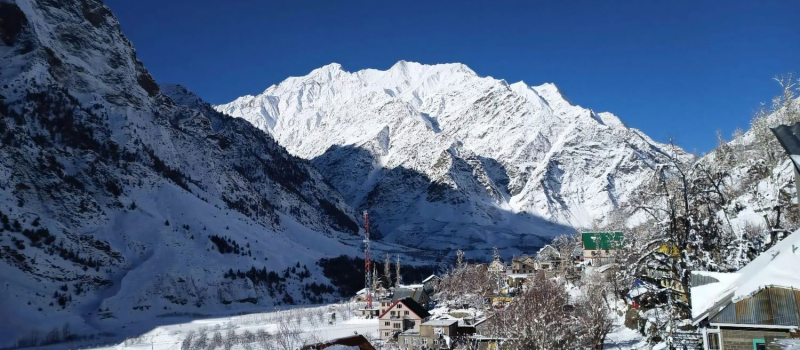
The months of January, February and March are the winter months in the valley. This is the time when the barren land turns into a winter wonderland, and one will be able to see snow as far as the eye can see.
Spiti in winter is bliss for adventure enthusiasts, and travellers can take part in a plethora of activities like skiing, ice skating, winter treks and much more for a guaranteed adrenaline rush. Travellers can also take part in some of the best festivals of Spiti Valley, which are organised exclusively in winter.
However along with the fun and thrill, Spiti Valley tour guide also has its own challenges during the winters; because of the snow, the roads get blocked, and it becomes difficult to commute in the valley. Therefore Spiti in winter brings its own challenges and should be visited only if you’re up for the challenge to reap the rewards.
April And May
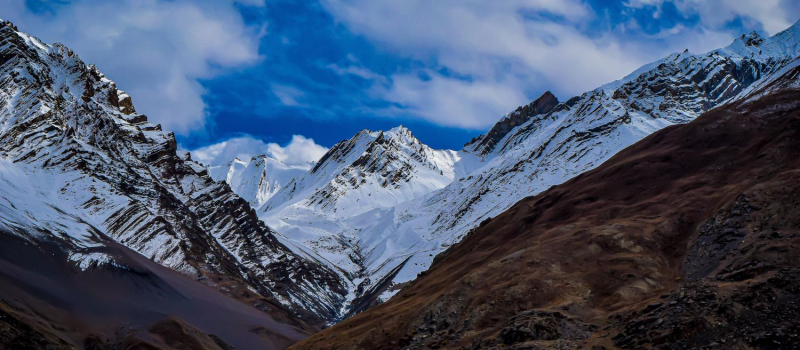
The months of April and May are considered to be the best time to visit the Spiti Valley. During these months, the snow melts, and the roads open up, making the commute in the Spiti Valley tour guide easier.
Travellers visiting Spiti Valley in May can also take part in the adventure activities that the valley offers, activities like trekking in the mountains, biking, camping , and many more can be done in the valley during this month.
Since commuting is easier in the valley, travellers can also visit some of the best places to visit in Spiti Valley, like the Key Monastery, Dhankar Monastery, Hikkim, Komic and Langza, among other destinations.
Another reason to visit the Spiti Valley travel guide in the months of April and May is that you can take part in the many cultural festivals and activities that are organised in the valley. With so much to experience in the valley during these months, these, indeed are the best ones to visit the Spiti Valley.
June- July- August
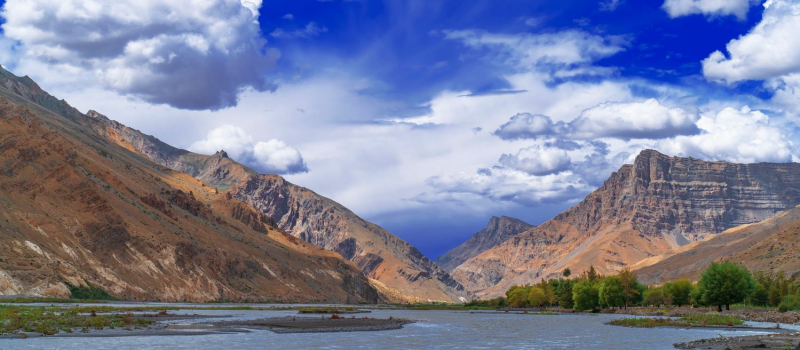
Considered to be the best time to visit the Spiti Valley, when the roads open up and the weather is pleasant, with temperatures revolving around 10 to 20 degrees Celsius.
Since the snow has already melted during this time, travellers can take part in adventure activities like trekking, camping, biking, and much more. One of the most famous treks in the Spiti Valley is the Pin Parvati trek which takes you through some of the most picturesque routes. There’s a lot which travellers can indulge in during their visit to Spiti Valley travel guide in June and July, making it the best time to visit Spiti Valley for those who want to experience the beauty, thrill and adventure of the valley.
Besides cherishing the beauty of the valley during the months of June, July and August, travellers can also relish the authentic Spitian cuisine in the best places to eat food in the Spiti Valley.
October-November-December
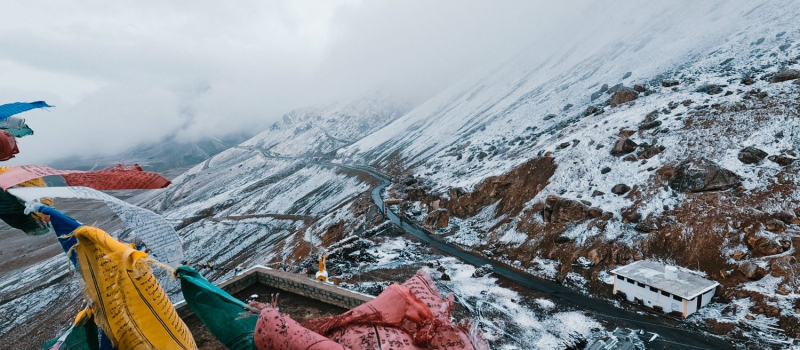
These are the months when the winter starts to settle in, the snow starts to fall and the temperature continues to drop, turning the valley into a winter wonderland. The region starts to get covered under thick sheets of snow and sightseeing usually becomes harder during this time.
However, the valley still continues to provide scintillating views of the landscape and the surrounding snow-capped mountains. Those who are interested in getting a glimpse into the local’s way of life, can visit the villages of Kaza, Hikkim and Langza and learn about the lives of the resilient and hard-working villagers.
To summarise, a trip to Spiti Valley travel guide in October, November and December is an unforgettable experience for adventurers and nature lovers. The harsh winter weather and heavy snowfall present difficulties, but they also provide unparalleled views and experiences that are not available at other times of the year. Prepare to explore the breathtaking landscapes of Spiti Valley in winter by packing warm clothes and a sense of adventure.
Spiti Valley for sure offers something unique in different months of the year, it all depends on what you want to explore and experience when in the valley. With this being said, its now time to continue with our Lahul and Spiti travel guide and learn about the ways to reach the Lahul and Spiti Valley.
How To Reach The Spiti Valley
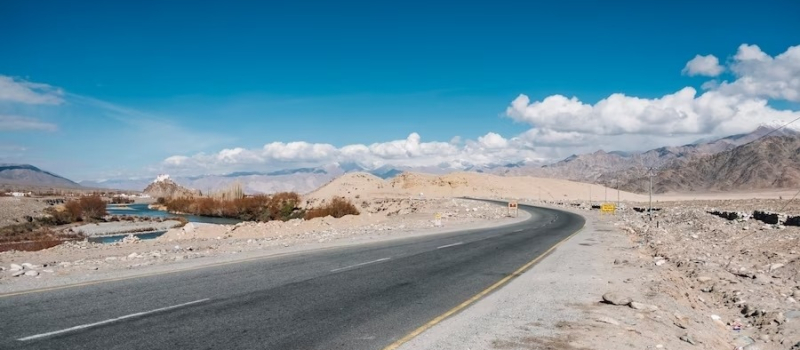
Spiti Valley is a remote destination in Himachal Pradesh, and reaching the valley can be challenging at times, still, there are a plethora of ways by which one can reach the valley. The usual ones are:
By Road: A drive to Spiti Valley is the most popular way to reach the destination. One can either drive to the valley by hiring a cab or taxi or if adventure is on your mind then you can also self drive to the valley. There are two main routes to reach the valley, one is from Shimla, while the latter is from Manali.
From Shimla via Kinnaur: This route passes through Rampur, Reckong Peo, Nako, and Sumdo before entering Spiti with Kaza as the entry point.
From Manali via Rohtang Pass: This route is usually the most preferred one and passes through Rohtang Pass, Gramphu, Chhatru, Batal and Kunzum Pass before reaching Kaza.
By Air: The nearest airport to Spiti Valley is in Kullu, which is located about 250 kilometres away. Travellers can fly from Delhi to Kullu and then hire a taxi or cab from Kullu Manali to Spiti Valley.
By Bus: Shimla and Manali have bus services on a regular basis to Spiti Valley. Travellers can take a bus from Shimla to Reckong Peo and then switch to another bus for the onward journey to Kaza. You can take a direct bus from Manali to Kaza.
Well now, we know about the various ways to reach the Spiti Valley, it is now time to get a glimpse into the places to visit in the Spiti Valley with our Lahul and Spiti travel guide.
Places To Visit In The Spiti Valley
Spiti Valley has a plethora of places which can be visited at all times of the year, some of the most prominent ones include:
1. Key Monastery
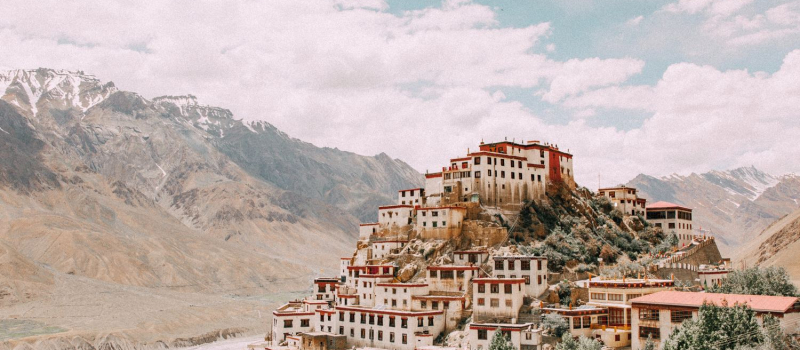
Key Monastery, renowned as Kye Gompa, is one of Spiti Valley’s most well-known and oldest monasteries. Perched on a hill overlooking the Spiti River and the Key Monastery provides stunning views of the surrounding mountains. The monastery, which is abode to around 300 monks, is also a centre for Buddhist learning and meditation.
The Key Monastery was founded in the 11th century and has since been destroyed and resurrected several times. The current one was built in the 17th century and has beautiful Tibetan-style architecture. The monastery has four main prayer halls, each with beautiful murals, ancient scriptures, and Buddha statues.
The monastery possesses a large collection of primitive murals, artefacts and scriptures besides other sources of information like books in the library of the monastery. The Key monastery is a popular destination for both locals and tourists seeking meditation and tranquillity, as they can take part in the meditation sessions and chantings in the monastery.
The monastery is open to visitors the entire year, however, the best time to visit is from May to October, when the weather is pleasant. Before entering the monastery, travellers should dress modestly and remove their shoes. Photography is permitted, but travellers exploring the monastery must obtain permission before photographing the monks.
2. Tabo Monastery
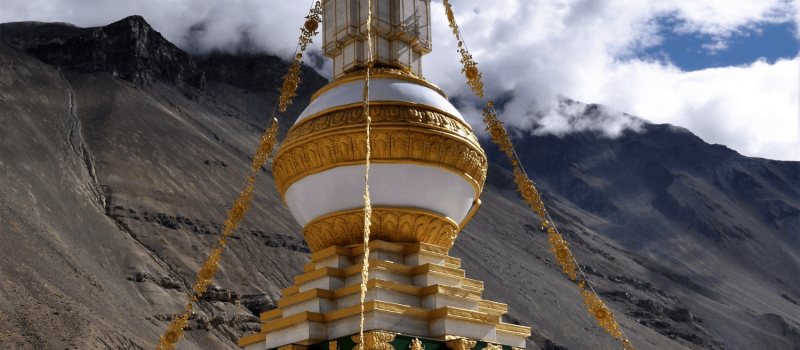
The Tabo Monastery is renowned for its exquisite murals and sculptures, as well as the rich cultural and historical importance. The monastery premises was constructed in the 10th century which includes nine temples, several stupas, and numerous other structures. The main temple, also known as the Tsuglhakhang Temple, is the most notable of these structures.
The premises includes several temples, each dedicated to a different deity of Buddhist philosophy. These temples are intricately decorated with murals, sculptures, and thangkas, or traditional Tibetan Buddhist paintings.
The Tabo Monastery is known for its library, which is abode to a diverse and rich collection of primitive scriptures, books, and manuscripts among others. The library of the Tabo monastery is referred to as one of the most renowned collections of Buddhist literature in the world, and it is said to possess many rare and important texts.
The monastery is also a Buddhist learning and meditation centre as well as cultural and historical landmark. Approximately 60 monks reside in the monastery and throughout their day they learn and study Buddhist philosophy, practice meditation, and perform daily rituals and ceremonies.
3. Pin Valley National Park
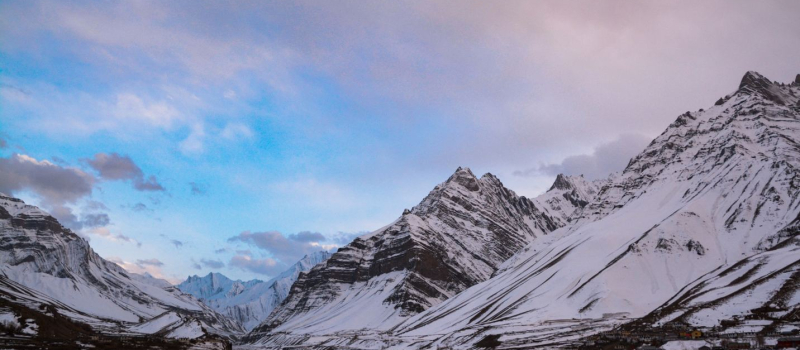
The Pin Valley National Park, is an aesthetic and protected area which was established in 1987 and covers an area of 675 square kilometers. One of Pin Valley National Park’s unique qualities is its location. The park is encircled by barren hills, glaciers, and snow-capped peaks and is established at an altitude of about 3,500 metres above sea level. The park is situated in the Pin River Valley, where the Spiti River meet and form a confluence. The Pin River, which traverses through the park, is an important water source for the neighbouring areas.
Several plant species, including Himalayan cedar, willow, juniper, and birch trees, treat the park as their abode. The park also hosts an array of shrub species and alpine flowers. Several medicinal plants that the locals use for their health benefits can also be found in the park.
There is a diverse wildlife in the park which includes the snow leopard, Siberian ibex, Himalayan wolf, red fox, and the Himalayan brown bear. Several species of birds too live in the park, including the Himalayan snowcock, Himalayan snowfinch, and golden eagle. During the off-season several migratory birds and animals move to the park and treat is as their abode.
4. Langza Village
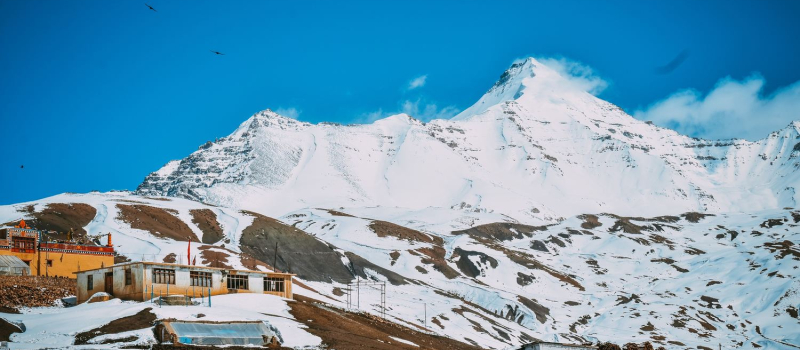
Langza village is a quaint and picturesque village in the Spiti Valley. It is considered as one of the most beautiful villages in Lahaul and Spiti Valley which is located at an elevation of 14,500 feet above sea level and is encircled by majestic snow-capped mountains.
The Langza village is best known for its diverse cultural and historical significance and has been inhabited for over a thousand years. The village is abode to about 150 people, the majority of whom are farmers and herders. The villagers live in a traditional way, and their homes are built with mud bricks and wood in the traditional Tibetan style, besides the aesthetics, the houses are also built that way so that they can sustain the harsh climatic conditions of the region.
The giant Buddha statue on the hill overlooking Langza village is one of the village’s main attractions. The statue is said to be over 500 years old and is believed to have been constructed during the reign of the Guge Kingdom in the 10th century. The 33-foot-tall statue is constructed with mud and clay and is defined as one of the region’s largest and most important Buddha statues.
The best time to visit Langza village is between May and October when the conditions are pleasant. Visitors should dress warmly since the village is at a high altitude and temperatures can drop significantly, especially at night.
5. Hikkim Village
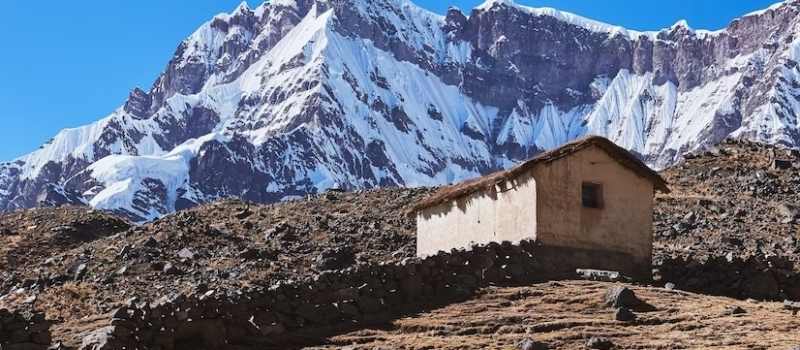
Last but not least in the list of places to visit in Spiti Valley in our Lahul and Spiti travel guide is the village which is home to the world’s highest post office, and that village is Hikkim.
As mentioned above, The world’s highest post office is one of Hikkim’s main attractions. The post office, which opened its doors in 1983, is nestled in a small hut in the village. It is run by a single person who oversees all mail-related activities. Visitors can use the post office to send themselves or their family members postcards or letters, which will be stamped with a special mark defining that they were sent from the world’s highest post office.
The village’s winding lanes, which are lined with traditional homes and fields, can be explored on foot by visitors. The villagers are renowned for their friendliness and delight in showing guests around their way of life. Visitors can learn about traditional farming and herding practices, as well as sample some local cuisine.
Well, with this we come to the end of the list of the best places to visit in the Spiti Valley, do note that these are just a few of the places to visit in Spiti Valley. The Spiti Valley is abode to a plethora of destinations which should be visited by all.
Next up in our Lahul and Spiti travel guide is How to Prepare for a Visit to Lahul and Spiti Valley.
How To Prepare For A Trip To Spiti Valley
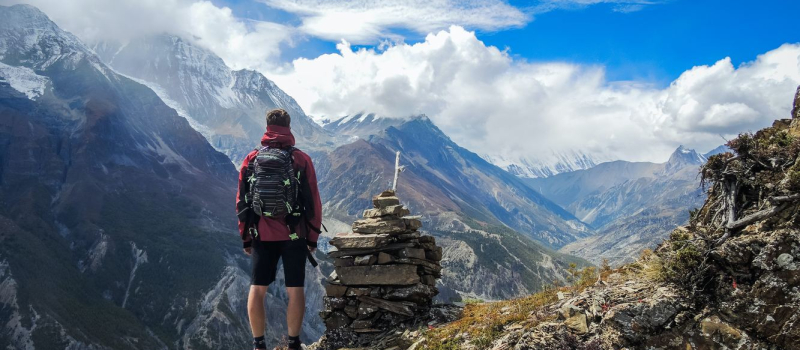
A visit to the Spiti Valley is for sure an adventurous excursion, but it requires careful planning for a smooth and safe journey. Here are some tips to help you prepare for a trip to Spiti Valley:
Plan your itinerary carefully before you leave: Before you initiate your trip, you should intricately plan your itinerary. The Spiti Valley is a large area with many attractions. We strongly advise you to make a list of places you want to visit and map out your route. Travel time between destinations is also important to consider, as the roads in the area can be difficult to navigate.
Pack wisely: The Spiti Valley is at a high elevation, and temperatures can drop dramatically, especially at night. Warm clothing, such as thermals, jackets, and gloves, should be brought. Because there are many treks and hikes in the area, it is also important to bring comfortable and sturdy shoes.
Carry necessary items: To protect yourself from the harsh sun, carry necessary items such as sunscreen, lip balm, sunglasses, and a hat. Because medical facilities in the region are limited, it is also important to bring a first aid kit and any necessary medication.
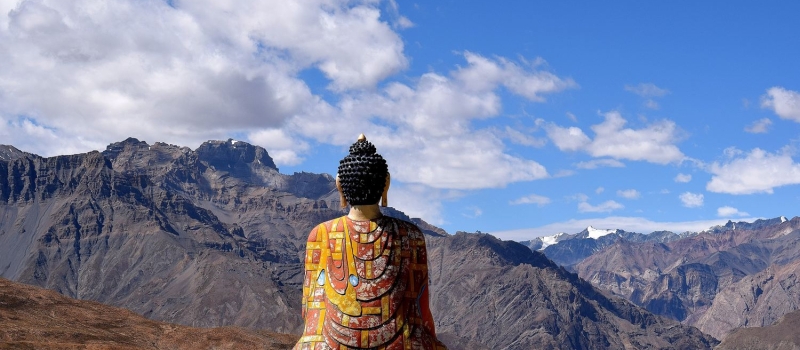
Acclimatize: The Spiti Valley’s high altitude can cause acute mountain sickness in Spiti Valley in some visitors. It is critical to acclimatise to the altitude by spending a few days in the area before engaging in any strenuous activity. To reduce the risk of altitude sickness, drink plenty of water and avoid alcohol and smoking.
Respect the local culture: The Spiti Valley has a diverse and distinct culture, and it is essential to adhere to local customs and traditions. It is necessary to dress modestly. Before photographing locals or their homes, obtain permission first.
Choose your mode of transportation: The Spiti Valley is easily accessible by road, and visitors can travel by bus or private vehicle. Since the roads in the area can be difficult to tread on, therefore it is critical to choose a dependable mode of transportation.
With this we come to the end of our Lahul and Spiti travel guide, we hope that this would’ve cleared all your doubts and questions regarding a trip to Spiti Valley. So, without further ado, pack your bags and start your escapade to Lahul and Spiti Valley.
Frequently Asked Questions About Travel To Lahaul and Spiti
How many days are enough for Spiti Valley?
How many days to spend in Spiti Valley usually depends on the places you want to explore and the things you want to take part in when in the valley. We usually recommend spending atleast 6-7 days in the Spiti Valley, during this tenure you can visit the major landmarks like Hikkim, Chandrataal Lake, Langza village, and Komic.
How much money do you need for Spiti Valley?
The cost of a Spiti Valley trip primarily depends on the number of days you would like to spend in the valley, the places you’ll be visiting and the things you’ll be taking part in. An average Spiti Valley tour package costs around INR 25,000.
How do I plan a visit to Spiti Valley?
Some tips to help you plan a visit to Spiti Valley are deciding the best time to visit the valley, determining the duration of visit, creating an itinerary, booking your accommodation in advance, arranging transportation, and obtaining necessary permits before visiting the valley.
Which month is best for Spiti?
The months of June and July are considered to be the best to visit the Spiti Valley, as during this time the weather is pleasant and the temperature ranges anywhere from 10 degrees to 20 degrees. Travellers can visit all the must visit places and commute in the valley easily as the roads open up during these months.





